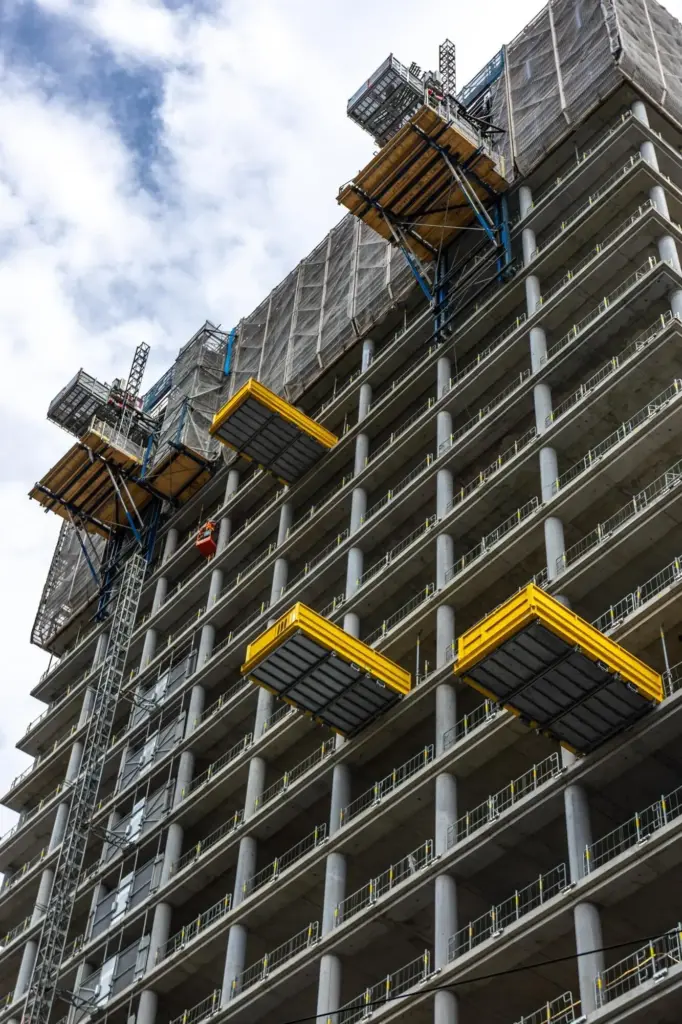Build Smart: Mastering Home Budgeting and Cost Clarity
Today we dive into budgeting and cost estimation for residential builds, bringing structure, confidence, and transparency to one of the most critical parts of creating a home. We will translate complex numbers into clear decisions, share field-tested insights, and invite your questions. Share your experiences, ask about stumbling blocks, and let’s build a realistic financial roadmap together that protects dreams without sacrificing quality.

Setting a Realistic Total Budget
A strong budget starts with an honest picture of needs, wants, and constraints, then builds rigor around them. Instead of guessing, we’ll anchor expectations with real market data, scope decisions, and risk buffers. Along the way, we’ll unpack common misconceptions that derail timelines and wallets, and show how thoughtful planning keeps joy in the process and stress in check. Share your baseline numbers if you want friendly feedback.
Scope, Priorities, and Trade-offs
Clarity begins by separating must-haves from nice-to-haves and ranking priorities against lifestyle and long-term value. One couple we met dropped a vaulted ceiling to keep a larger mudroom and radiant floors, saving money while improving daily comfort. Use a living list, attach costs to each item, and rehearse trade-offs before emotions rise. Invite family input early, then protect the agreed decisions diligently.
Benchmarking Costs per Square Foot
Costs per square foot help establish guardrails, but averages hide big swings in specifications, design complexity, and site conditions. Compare only to similar projects, then refine with detailed line items rather than relying on a single figure. Track low, median, and high scenarios, including regional multipliers. Remember, cabinetry, windows, and mechanical systems can skew averages dramatically. Use benchmarks as a starting point, not a final price.
Location, Market Timing, and Inflation
Labor availability, material supply chains, and seasonal backlogs can shift prices by thousands. Inflation adds another unpredictable layer, especially with lumber, concrete, and electrical components. Ask builders how they handle price escalations and secure time-limited quotes where possible. Consider ordering long-lead items earlier and discuss substitutions upfront. A small shift in schedule can mean significant savings or unnecessary premiums, especially during regional building booms.
Estimating Hard Costs: Materials and Labor
Hard costs form the backbone of your estimate, where precision and documentation matter most. We will break down material takeoffs, labor productivity, and specification levels, turning general assumptions into verifiable numbers. Real quotes, not placeholders, reveal the truth. Capture scope in drawings and written inclusions, confirm delivery timelines, and validate lead times. Consistency in assumptions prevents surprise overruns later. Ask questions until every line is clear.
Permits, Impact Fees, and Utility Connections
Permits vary widely by jurisdiction, and impact fees can rival a major appliance package. Confirm exact scope: driveways, septic, water taps, temporary power, and trenching. Ask about inspection sequences and potential reinspection charges. Utility connection distances can multiply costs, especially on rural parcels. Request fee schedules from the municipality and utility providers, then add a buffer for procedural delays. Document these costs early to avoid disruptive mid-project surprises.
Design, Engineering, and Professional Services
Architects, engineers, surveyors, and energy raters add safety, performance, and beauty, yet their fees are often underestimated. Insist on clear deliverables, revision rounds, and coordination meetings. Well-coordinated drawings reduce change orders substantially. Clarify who handles site visits, shop drawing reviews, and code interpretations. Ask for phased billing aligned to milestones, then track revisions carefully. Paying for thorough design can slash construction waste and headaches, paying dividends well beyond fees.
Insurance, Inspections, and Warranty Provisioning
Verify builder’s risk, general liability, and worker’s compensation coverage before work begins. Ask how inspections are scheduled and documented to prevent delays. Budget for third-party testing if required by code or lender. Some builders include extended warranties; others charge separately. Capture all obligations in writing, including response times and coverage limits. A well-structured warranty plan enhances resale value, buyer confidence, and long-term peace of mind without hidden surprises.
Soft Costs and Hidden Fees
Beyond materials and labor, soft costs quietly shape the final price. Permits, professional services, and utilities can surprise even experienced planners. We’ll illuminate each category, highlight common omissions, and suggest simple checklists. By addressing early, you minimize friction, accelerate approvals, and keep the build team aligned. Bring your municipal requirements, and we’ll help you decode jargon into straightforward, budget-ready line items that protect your wallet and schedule.
Contingencies, Allowances, and Change Orders
Building a 10–15% Contingency the Right Way
A contingency is not a slush fund; it is a risk management tool. Calibrate percentage to design completeness, site complexity, and market volatility. Track usage transparently, noting triggers such as unforeseen site conditions or mandatory code changes. Review monthly, replenishing when savings emerge elsewhere. Celebrating unused contingency at the end motivates discipline. Explain rules to all decision-makers so small, repeated exceptions do not quietly drain your protection.
Allowances that Reflect Realistic Selections
Set allowances using actual showroom selections, not generic placeholders. Price the fixtures, tiles, appliances, and lighting you genuinely love, including taxes, delivery, and installation. Then add a modest cushion for late-stage tweaks. This prevents the painful cascade of overruns once shopping begins. Require vendors to provide lead times and written specifications. Align allowance releases with sequence milestones so your choices arrive exactly when trades are ready to install.
Managing Change Orders Without Meltdowns
Define a clear change-order protocol before groundbreaking: written scope, updated drawings, schedule impact, and full cost breakdown. No work proceeds without approvals. This protects budgets and relationships. Use a cooling-off period for big changes, and invite builder input on alternatives. Document reasons, whether aesthetic, functional, or code-driven, to build a learning archive. Transparency removes blame, turning inevitable adjustments into calm, well-managed decisions that keep momentum steady.


Financing Strategies and Cash Flow Planning
Funding structures shape timelines, risk, and final cost. We will explore mortgages, construction loans, draw schedules, and interest carry, then connect them to your budgeting framework. Cash flow discipline reduces stress and prevents rushed choices. Align lender requirements with builder billing to avoid bottlenecks. If financing feels confusing, drop us a question, and we will unpack terms with practical examples so you can decide with confidence.

Tracking, Reporting, and Keeping Costs Under Control
A budget is a living document. Regular reporting, variance analysis, and open communication keep numbers honest and decisions proactive. We will show easy methods to track commitments, actuals, and forecasts, even if spreadsheets scare you. Choose simple tools, update weekly, and celebrate small wins. Tell us where your tracking breaks down, and we will suggest templates and routines that restore calm and predictability to your build.
Establish a locked baseline, then record every commitment and invoice against it. Variances reveal patterns: scope creep, selection inflation, or scheduling gaps. Tag each variance with a cause and a corrective action. Review trends monthly with your builder, transforming data into decisions. A few consistent adjustments early prevent painful last-minute cuts. This simple discipline turns budget fear into measurable control and steady, informed progress.
Adopt a single source of truth: a shared dashboard that syncs estimates, selections, change orders, and invoices. Even a basic spreadsheet works if structured well. Color-code statuses, add notes, and attach documents. Mobile access keeps everyone aligned on site. Avoid tool overload; consistency beats complexity. Ask your builder which platforms they already use, then integrate politely, keeping collaboration smooth and minimizing duplicate data entry frustrations.
